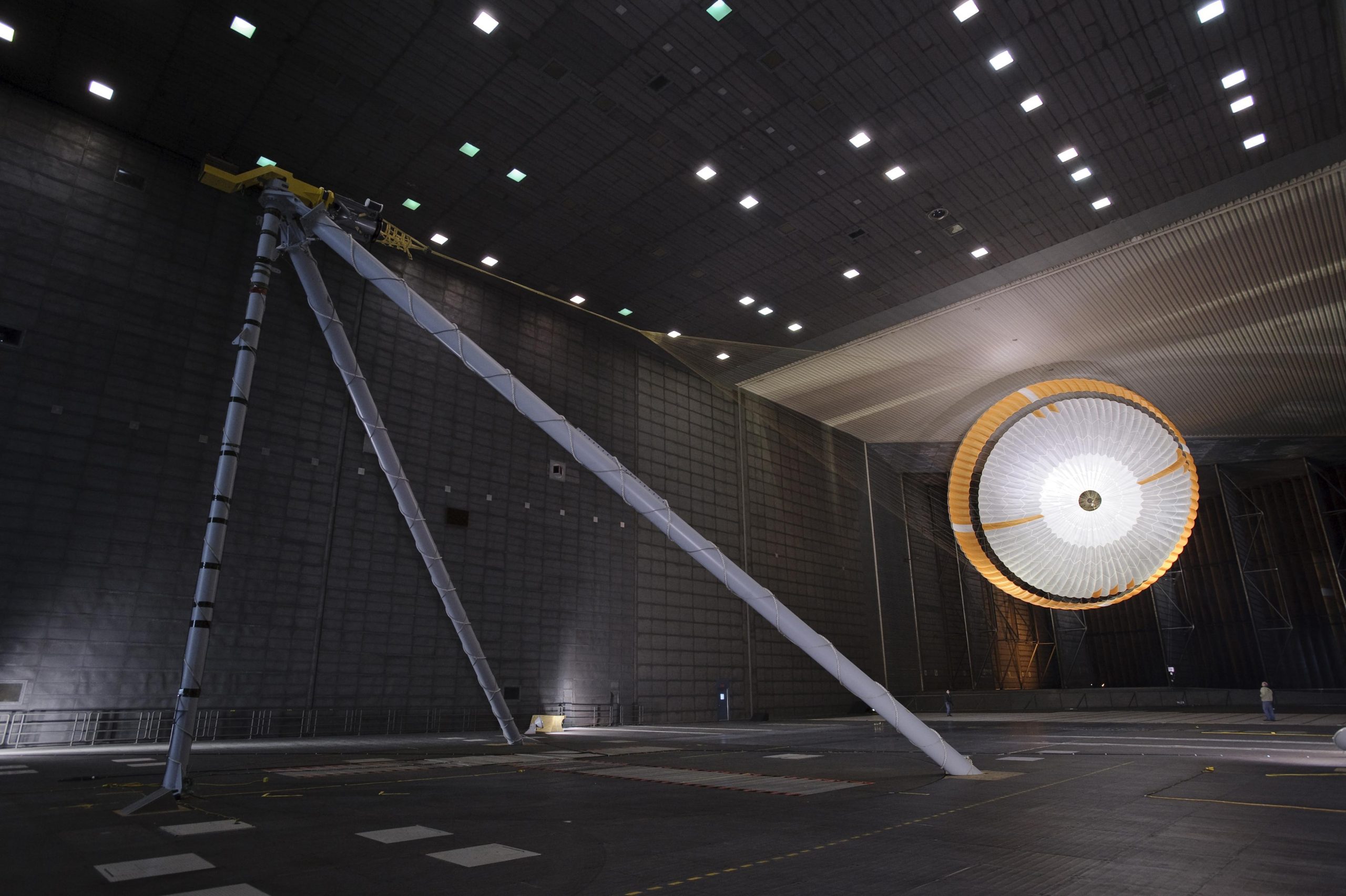Kingston University Aerospace Engineering PhD student, Charles Simpson, has won UK Space Agency funding for his parachute system research project.
The research project will look Entry, Descent and Landing (EDL) parachute systems used in planetary landers and how these might be improved.
“The project has a finite duration of six months so it a pretty quick turnaround,” Simpson said.
“Having always been fascinated with space exploration since the time of the Viking landers, I have watched the developments in robotic technology move forward in leaps and bounds.”
Simpson says the parachute system itself is a unique design, that changes shape and therefore its drag performance over time.
“Any planetary mission that sends a robotic probe to a solar system body with some form of atmosphere, Mars for instance, frequently uses a parachute as part of the EDL system. During the entry phase, the initial parachute deployment is often under supersonic conditions.
“This puts an immense amount of stress and strain on all the components within the system and is something this project is seeking to reduce,” Simpson said.
Simpson, in conjunction with senior aerospace lecturer Dr Peter Shaw, submitted this funding bid to the UK Space Agency as part of the NSTP Pathfinder grant scheme.
Most of the research project’s funding will go towards upgrades to the data gathering system in the wind tunnel. An industry partner, Airborne Engineering Limited, has been brought on board to assist with this aspect and will be installing the new data acquisition system (DAQ) system in the wind-tunnel.
A new DAQ system has now been designed that will allow for a greater range of measurements to be taken. This data, along with high-speed video, will allow the project to properly assess the inflation dynamics of the parachutes.
“The first stage was to examine what was needed to properly assess the parachutes in the wind tunnels that Kingston possesses.
“Once wind tunnel upgrades are completed a first round of parachute testing will commence.
“After the first set of measurements have been taken and the data has been briefly analyzed, some fine tuning will occur to the parachutes before a possible second round of testing. Once complete and all data has been analyzed, a report is then written up and submitted back to the UK Space Agency.
“The longer-term plan is to secure development funding and push the research forwards,” Simpson said.

